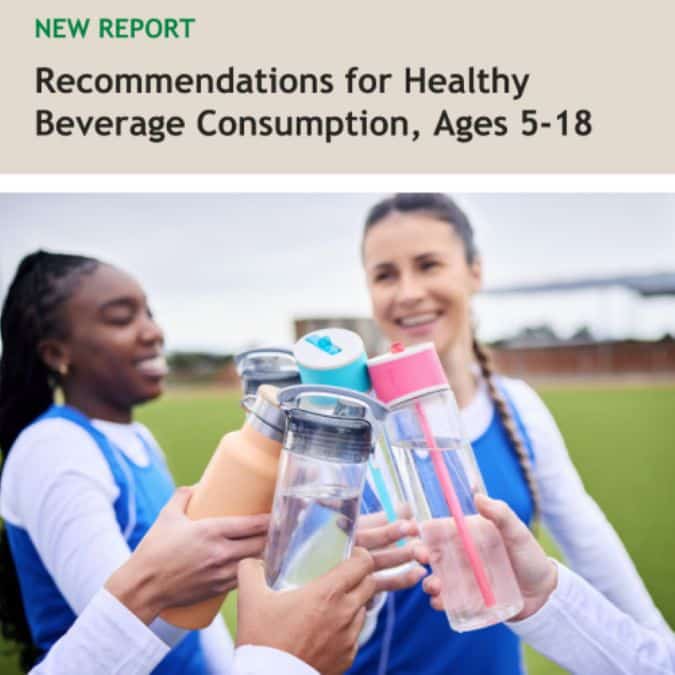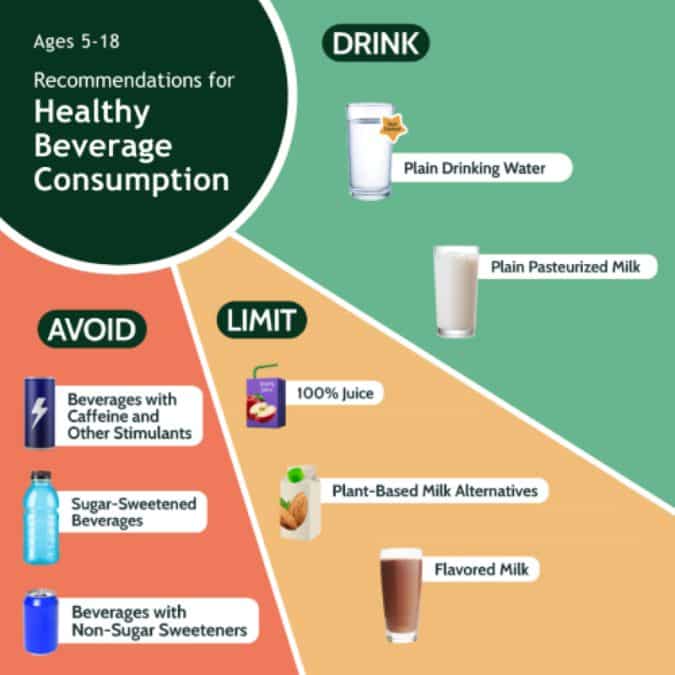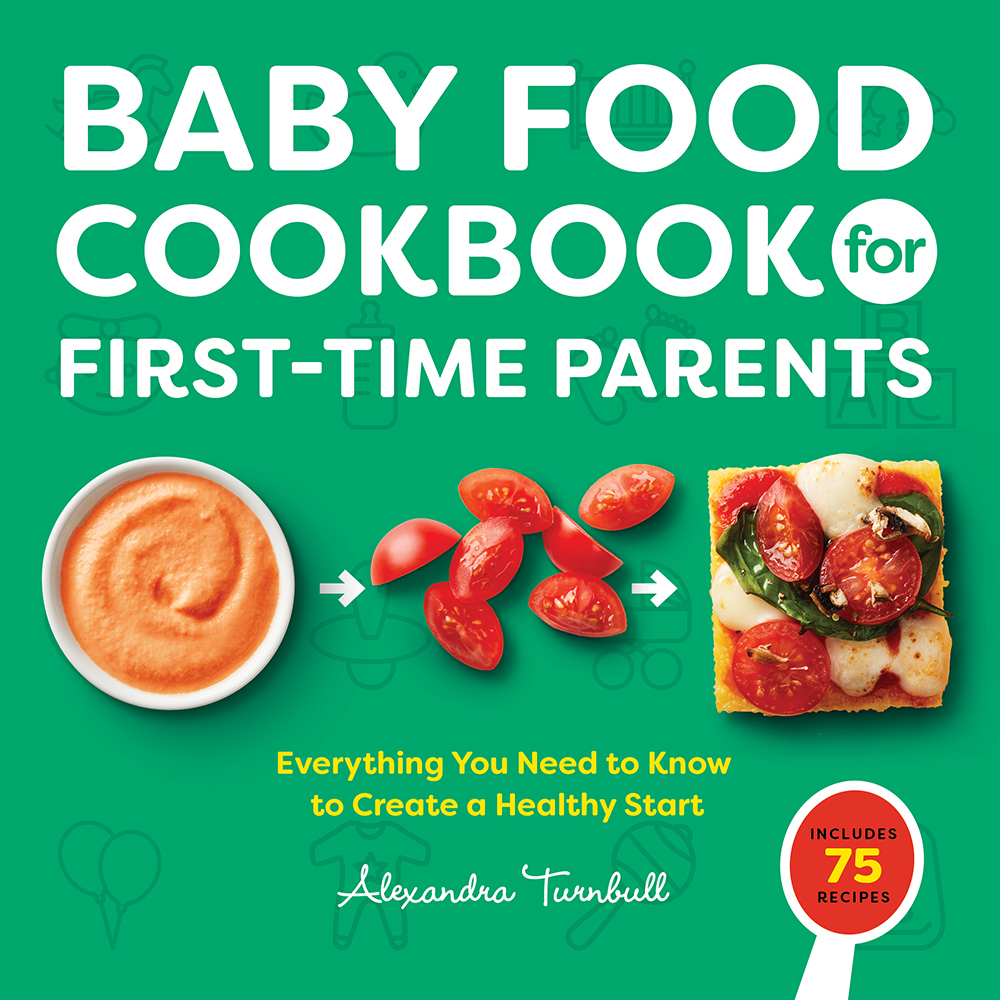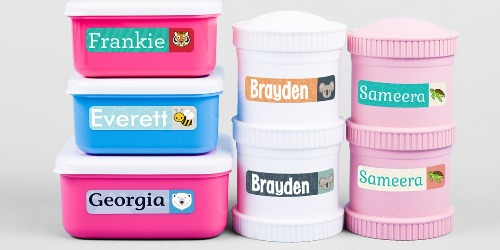
As a mom and pediatric dietitian, I know the struggle of keeping kids hydrated with actual healthy choices instead of the rainbow-colored, sugar-packed concoctions marketed to them – which are fine every once and a while by the way.
Thankfully, new research-backed recommendations were just released to help parents navigate the beverage aisle (because we already have enough decisions to make—like what’s for dinner again).
This guidance comes from a collaboration of major health organizations, including Healthy Eating Research (HER), the American Academy of Pediatrics (AAP), the Academy of Nutrition and Dietetics (AND), the American Academy of Pediatric Dentistry (AAPD), and the American Heart Association (AHA).
The updated guidelines focus on children and adolescents aged 5 to 18, covering a range of beverages like water, milk, 100% juice, sugar-sweetened drinks, and caffeinated beverages.
These recommendations were based on the latest research to support kids’ growth, hydration, and long-term health. Each beverage category was evaluated for its benefits and risks, helping parents make more informed choices about what their kids should (and shouldn’t) be drinking.
Let’s break down what to include, limit, and avoid when it comes to healthy beverages for kids—with mom-approved insights along the way.
Table of Contents
Healthy Beverages for Kids: What to Include, Limit, and Avoid
The Healthy Beverage Guidelines for Kids breaks down beverages into three categories to help guide healthier choices.
- Beverages Recommended as Part of a Healthy Diet: Plain water and plain pasteurized milk.
- Beverages to Limit as Part of a Healthy Diet:100% juice, plant-based milk alternatives, sweetened milk.
- Beverages Not Recommended as Part of a Healthy Diet: sugar-sweetened beverages, beverages with non-sugar sweeteners, and beverages with caffeine and other stimulants.

*Image from healthyeatingresearch.org
Water: Include
When it comes to healthy beverages for kids, water is the GOAT of kids’ beverages—zero sugar, zero additives, and 100% necessary for their growing bodies.
- Helps with digestion, circulation, and temperature regulation.
- Supports energy levels and concentration (cue fewer cranky kid meltdowns).
- Prevents dehydration, which can show up as headaches, fatigue, and constipation.
A Note on Fluoridated Water:
Experts recommend offering fluoridated water to help prevent tooth decay. Community water supplies in many areas are already fluoridated, but if yours isn’t, check with your dentist about other fluoride options.
Plain Drinking Water Recommendations:
*Doesn’t include fluid from foods and other beverages and amounts will vary based on sex, climate, and physical activity.
| Age Group | Recommended Hydration Intake per Day |
|---|---|
| 5-8 years old | 2-5 cups (16-40 fl oz) |
| 9-13 years old | 2.75 – 7.6 cups (22-61 fl oz) depending on sex |
| 14-18 years old | 3.6-11 cups (29-88 fl oz) depending on sex |
Tips for Making Water Fun:
- Add fresh fruit slices (like lemon, lime, or berries) for natural flavor.
- Use fun, colorful water bottles to encourage more sipping.
- Offer water regularly throughout the day, especially during meals and activities.
Expert Recommendations:
“Offer water as the main drink throughout the day.”
My Thoughts: I always recommend water as the main beverage for kids – so this I absolutely agree with. But I get it – it can get kind of boring at times. Making sure it’s available at snacks and meals, as well as having the convenience of a reusable water bottle handy can easily help your kids meet their hydration needs. Read more here for tips on keeping your kids hydrated.
What About Carbonated Water?
Carbonated water can be a fun alternative to plain water, especially for kids who love the fizz. But there are a few things you should know:
- Avoid options with added sugar, caffeine, or non-nutritive sweeteners (NSS)—these can quickly turn a healthy drink into something less ideal.
- Even plain carbonated water can impact oral health due to its low pH level, which can weaken tooth enamel over time.
- It’s okay in small amounts but should be limited to protect those growing smiles and prevent potential stomach discomfort.
If your kid enjoys it, plain sparkling water can be a great way to keep hydration interesting—just not at every meal. And it’s certainly a better option than a soda.
Plain Pasteurized Milk: Include
Dairy milk is still on the recommended list—but with a big emphasis on pasteurized milk. With the rise of the raw milk movement, this clarification is crucial. Raw milk poses serious risks, including dangerous bacterial infections like E. coli and Salmonella, which can be life-threatening for kids. Pasteurization helps keep milk safe without compromising its nutrition.
- Provides essential nutrients like protein, calcium, vitamins A and D, B vitamins, and phosphorus.
- Supports bone growth and overall development.
- Can be a great option for meeting kids’ dairy needs.
Pasteurized vs. Raw Milk: What Does the Research Say?
- Pasteurization kills harmful bacteria while retaining the key nutrients that make milk such a valuable part of kids’ diets, like protein, calcium, and vitamin D.
- Raw milk has been linked to severe bacterial infections that can lead to hospitalization or worse—especially in young children with developing immune systems.
- The CDC and FDA strongly advise against raw milk consumption, highlighting multiple outbreaks of foodborne illness traced back to raw dairy products even with the relatively low percentage of Americans that consume it.
- Protein and Major Nutrients: Pasteurization has little to no impact on key nutrients like protein, calcium, and vitamin D.
- Beneficial Bacteria: there are no proven benefits to gut health from drinking raw milk compared to pasteurized milk.
- Vitamin Content: Some water-soluble vitamins, like vitamin C, may decrease slightly with pasteurization, but milk is not a significant source of these nutrients to begin with.
Simply put, pasteurization is a vital safety step that protects your child without compromising nutrition. Also, despite claims from raw milk advocates, there are no proven benefits to gut health from drinking raw milk compared to pasteurized milk.
Expert Recommendations:
“Plain, pasteurized milk is recommended as a part of a healthy diet for children and adolescents ages 5 – 18 years.”
- If a child has an allergy or follows a vegan diet, a fortified plant-based milk alternative may be suitable.
- The expert panel recommends fat-free (skim) or low-fat (1%) milk for children and adolescents, based on evidence suggesting that diets lower in saturated fat can lead to better health outcomes. High-fat dairy products can contribute to excess calories, which is a concern for children and adolescents with overweight or obesity. However, there are situations where higher-fat dairy products may be appropriate, such as for children with higher energy needs, those experiencing growth delays, or in consultation with a healthcare provider to meet specific nutritional goals.
Plain Pasteurized Milk Recommendations
| Age Group | Recommended Intake per Day |
| 5-8 years old | Up to 20 fl oz |
| 9-13 years old | Up to 24 fl oz |
| 14-18 years old | Up to 24 fl oz |
Note: Choose plain, unsweetened milk over flavored varieties with added sugar. Adjust intake if your child gets enough dairy from other sources like cheese and yogurt.
My Thoughts: Milk is one of the easiest ways to provide essential nutrients like calcium, vitamin D, and protein. I appreciate that they emphasize pasteurized milk to help cut through the noise of pro raw milk influencers.
100% Juice: Limit
Juice can be a source of vitamins, but it’s easy for kids to go overboard. Unlike whole fruit, juice lacks fiber and can contribute to excessive calorie and sugar intake. Because fiber is a nutrient of concern, children and adolescents need to consume most of their fruits and vegetables in whole forms including fresh, frozen, canned, dried, and freeze-dried.
It’s also important to note that drinking beverages does not help our kids feel full like eating solid food.
Expert Recommendations:
“100% fruit and vegetable juice can be a part of a healthy diet in children and adolescents, but consumption should be limited.”
| Age Group | Maximum Recommended Intake per Day |
| 5-8 years old | 4-6 fl oz |
| 9-18 years old | 8 fl oz |
Note: Stick to 100% juice (not “juice drinks” with added sugar) and encourage whole fruit first for fiber and balanced nutrition.
My Thoughts: When it comes to 100% juice, I also agree that it should be limited – but that doesn’t mean it’s off-limits. The key really is moderation and prioritizing water for hydration and whole forms of fruit and veggies. To learn more about the best juice for kids, read here.
Plant-Based Milk Alternatives: Limit
Plant-based milk alternatives (PBMA) have become a popular choice for families looking for dairy-free options, but when it comes to kids, it’s important to consider nutrition because most PBMA’s are not nutritionally equivalent to cow’s milk and often have added ingredients and sugars.
Expert Recommendations:
“PBMA’s are only recommended for children and adolescents when medically indicated (e.g. milk protein allergy, galactosemia), or to meet specific dietary patterns (e.g. vegan).”
- Most PBMA’s are not nutritionally equivalent to cow’s milk, except for fortified soy milk.
- PBMA’s with added sugar should be avoided
My Thoughts: I anticipate this recommendation may upset some individuals however, I agree. Most PBMA’s don’t compare to the nutritional qualities in cow’s milk and often have many added sugars and ingredients. I’m also thankful for the PMBA options for families who rely on them due to medical reasons.
More information on plant-based milk alternatives here.
Sweetened Flavored Milk: Limit
Flavored milk can be a fun treat for kids, but the experts recommend limiting options like chocolate or strawberry milk, thanks to their added sugars. While I get it—sometimes kids just need that extra sweetness—too much added sugar can lead to health concerns over time.
Expert Recommendations:
“Children and adolescents should avoid or limit consumption of flavored milk with added sugars as these beverages contribute to excess intake of added sugars”
My Thoughts: Here’s where I believe we need a little nuance. Yes, plain milk is best however, depending on the child’s diet, chocolate milk could be a suitable option as it still provides valuable nutrients. I’d rather added sugar be in the form of chocolate milk than other processed foods that lack essential nutrients. If your child enjoys plain, pasteurized milk or consumes other dairy products, then chocolate milk isn’t necessary however, it could provide value if this isn’t the case.
Sugar-Sweetened Beverages: Avoid
Not surprisingly, the experts recommend avoiding sugar-sweetened beverages like soda, sweetened teas, and fruit drinks, as they provide empty calories and contribute to health issues such as obesity, diabetes, and cavities. Experts suggest that these drinks should be limited to rare occasions and not part of your child’s daily routine.
- These drinks are a major source of added sugar in kids’ diets.
- Regular consumption is associated with metabolic issues and poor diet quality overall.
Expert Recommendations:
“SSBs are not recommended as a part of a helathiy diet for children and adolescents.”
My Thoughts: SSB’s provide zero nutritional value and should not be consumed regularly by adults or children. However, there is a time and place where you or your child can enjoy a soda or fruit drink for goodness sake, but these instances should be few and far between – more of a special treat than an everyday occurrence.
Beverages with Non-Sugar Sweeteners: Avoid
While beverages with non-sugar sweeteners (NSS’s) may seem like a good alternative to sugary drinks, experts recommend avoiding their consumption as well. This is because there’s no conclusive evidence that there’s any benefit OR that they are safe to consume long term, especially in children.
- NSS’s include saccharin, aspartame, acesulfame-K, sucralose, neotame, advantame, steviol glycosides, monkfruit, and thaumatin.
- These drinks may contribute to a preference for overly sweet flavors.
- Experts suggest keeping their intake to a minimum, especially for kids.
- Non-sugar-sweetened beverages include diet sodas, sugar-free energy drinks, and sweetened flavored waters.
Expert Recommendations:
“Beverages with NSS are not recommended for consumption as a part of a healthy diet for children and adolescents”
My Thoughts: Similar to SSB’s, I believe beverages with NSS’s should be avoided however, it’s not the end of the world if your child has a sip of Diet soda with artificial sweeteners here and there.
Caffeinated Beverages: Avoid
The latest guidelines are firm on this one—kids and teens should avoid caffeine entirely. That means no coffee, energy drinks, or highly caffeinated teas and really isn’t necessary, even if we think it is for our adult survival.
The American Academy of Pediatrics does recommend that children 12 and under avoid caffeine completely, whereas adolescents (ages 13-18) should limit their intake to 100 mg/day with foods and beverages. However, caffeine levels aren’t required on nutrition labels so it’s extremely difficult to determine how much you could be consuming, therefore the expert panel recommends a precautionary approach of avoiding for all children and adolescents.
- Caffeine affects kids differently than adults, making them jittery and disrupting sleep cycles.
- Energy drinks often contain excessive sugar and stimulants, making them especially risky.
- Even small amounts can lead to dependency and withdrawal symptoms.
For more information on caffeine and kids, read here.
Expert Recommendations:
“Beverages with caffeine and other stimulants are not recommended for consumption as a part of a healthy diet for children and adolescents”
My Thoughts: I believe that caffeinated beverages, and foods for that matter, should be avoided if at all possible for children and adolescents. Again, if your child sips your caffeinated soda or a whole one during a special occasion, it’s not the end of the world. The negative impact will be from consuming caffeine regularly, not on a rare occurrence. However, with adolescents, it’s more important to emphasize the importance of avoiding caffeinated beverages since they’re more commonly drunk in this age group.
Final Thoughts: Making Smart Beverage Choices for Your Kids
The takeaway? Ideally, kids should drink water and plain pasteurized milk—simple, right?
But in reality, kids will sometimes want a little more flavor or something more fun. While it’s important to prioritize those healthy options, small amounts of beverages to limit and even avoid here and there won’t ruin their health.
As a mom, I get it—it’s tough to say no, especially when they beg for something that seems fun. Just keep the bigger picture in mind: prioritize water and pasteurized milk for hydration and nutrients, and moderation matters! Their health (and your sanity) is worth it!





